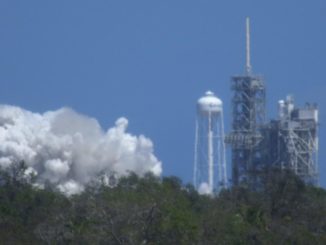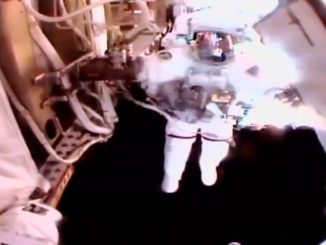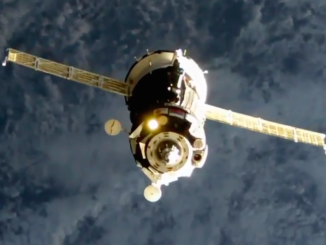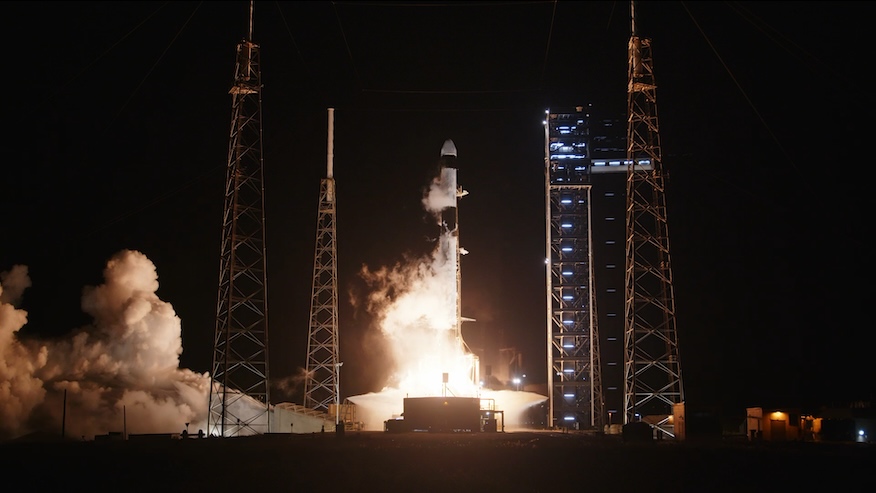
A Cargo Dragon spacecraft from SpaceX lifted off atop a Falcon 9 rocket in the early hours Sunday morning to begin a day-long journey to the International Space Station. It carried with it more than 5,000 pounds of cargo and science experiment supplies for the astronauts onboard and a new propulsion package for orbit raising maneuvers.
The launch marks SpaceX’s 33rd Commercial Resupply Services (CRS-33) mission to the orbiting outpost. Docking at the forward port of the Harmony module is anticipated on Monday, Aug. 25, at 7:30 a.m. EDT (1130 UTC), marking the 50th Dragon vehicle to reach the ISS.
“These missions have flown well over 300,000 pounds of cargo and supplies to the orbiting lab and well over 1,000 science and research projects that are not only helping us to understand how to live and work effectively in space, …but also directly contributing to critical research that serves our lives here on Earth,” said Sarah Walker, SpaceX’s director of Dragon Mission Management.
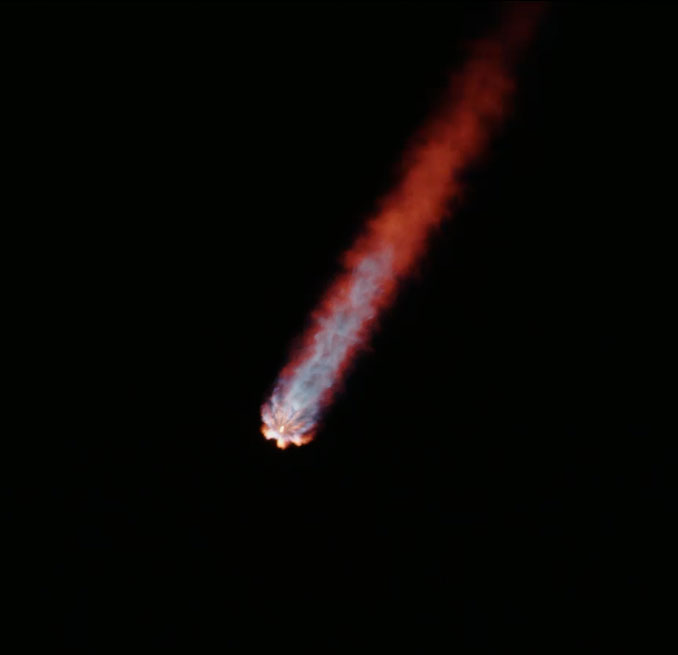
Packed aboard the Dragon was hardware to support more than 50 science experiments and technology demonstrations, ranging from 3D metal printing to studying bone loss.
The Cargo Dragon spacecraft, serial number C211, making its third trip to the ISS, will be onboard when NASA and it’s international partners mark 25 years of continuous human presence in low Earth orbit about the station.
“Over that 25 years, we’ve hosted more than 280 residents. We’ve enabled more than 4,000 different scientific experiments and technology demonstrations and that represents the work of over 5,000 researchers from over 110 countries around the world,” said Heidi Parris, associate program scientist for NASA’s ISS Program Research Office.
While docked, Dragon will perform a series of burns to help the @Space_Station maintain its current altitude, using an independent propellant system and two Draco engines in the spacecraft’s modified trunk pic.twitter.com/suIdBQivUr
— SpaceX (@SpaceX) August 24, 2025
C211 will remain docked to the space station for nearly five months, marking SpaceX’s first, long-duration cargo mission. The main reason for this is to all Dragon to perform multiple orbital reboosts of the ISS to keep it in its desired position.
That takes some of the load off of the Russian Progress vehicles and the station’s thrusters as NASA, Roscosmos and the other international partners work towards the eventual demise of the station around 2030.
“It’s been exciting for us to support this critical, new effort and it feels like we get to become an even more integrated part of the ISS operations ecosystem,” Walker said.
SpaceX is also on contract with NASA to construct the U.S. Deorbit Vehicle, which is scheduled to be delivered between 2028 and 2029 to help assist with the final stages of the station’s life.

